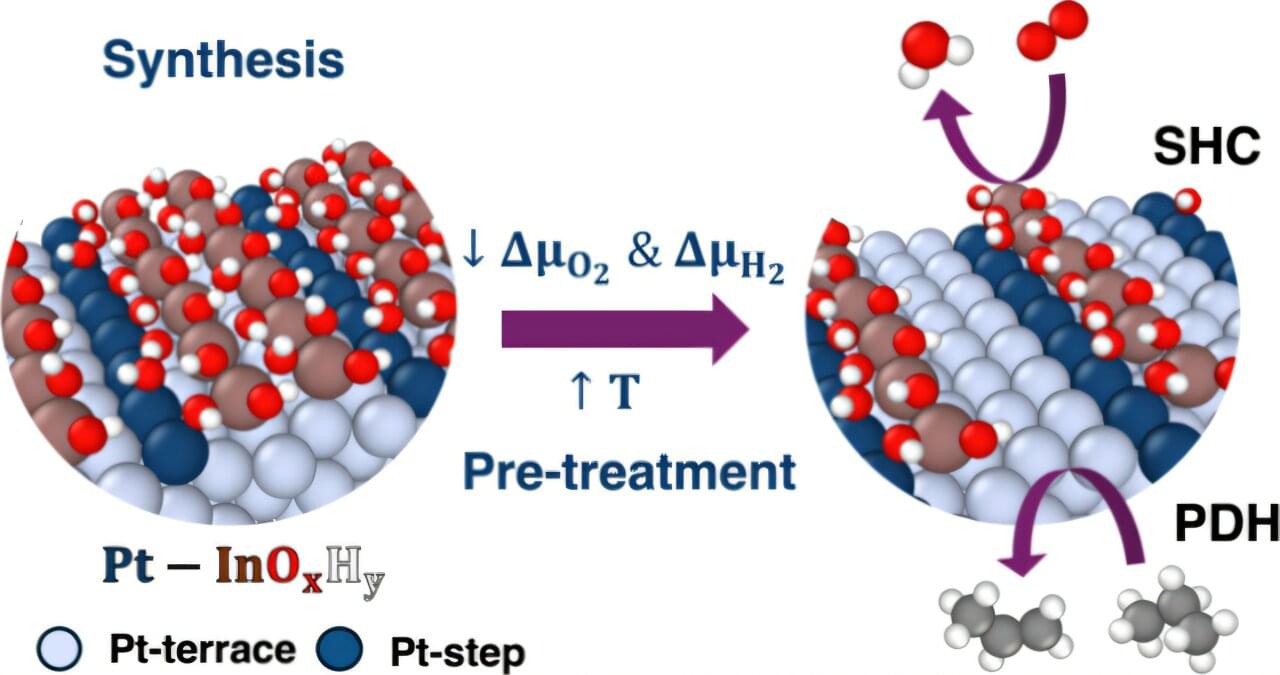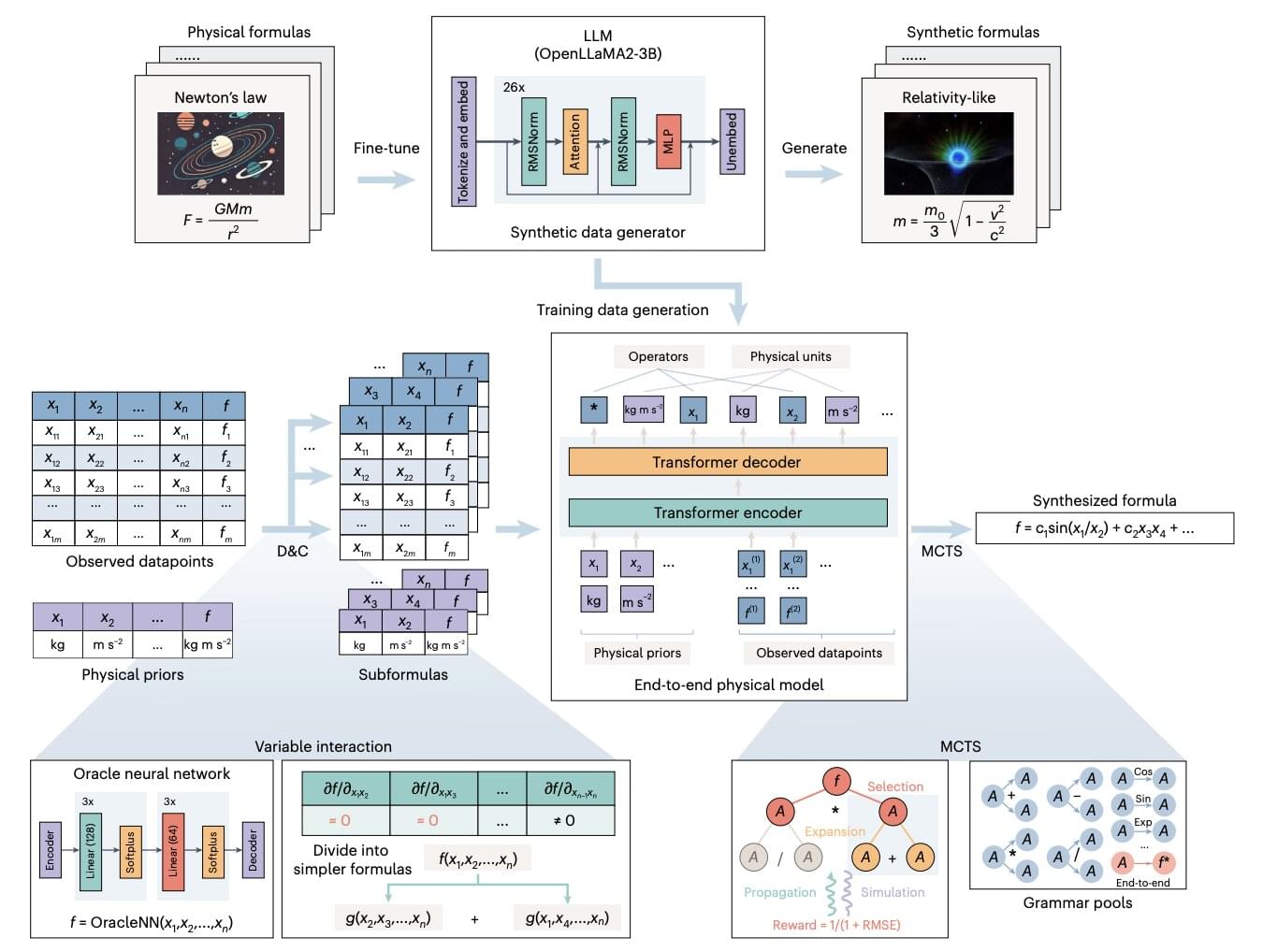In terms of objects, human touch has typically been understood to be limited to physical touch, where we detect objects through contact with our skin.
However, recent findings in animal have challenged this view. It is known that certain wading birds such as sandpipers and plovers, for example, use a form of ‘remote touch’ to detect prey hidden beneath the sand using their beaks.
Remote touch allows the detection of objects buried under granular materials, such as sand or soil, through subtle mechanical signals transmitted through the material when pressure is applied nearby.
The new study, published in IEEE International Conference on Development and Learning (ICDL), investigated whether humans share a similar capability to touch objects remotely.
The researchers asked 12 participants to move their fingers gently through sand to locate a hidden cube before physically touching it.
Remarkably, the results revealed a comparable ability to that seen in wading birds, despite humans lacking the specialised beak structures that enable this sense in birds.
By modelling the physical aspects of the remote touch phenomenon, the study found that human hands are remarkably sensitive, detecting the presence of buried objects by perceiving small displacements in the sand surrounding them with 70% precision within the expected detectable range.









